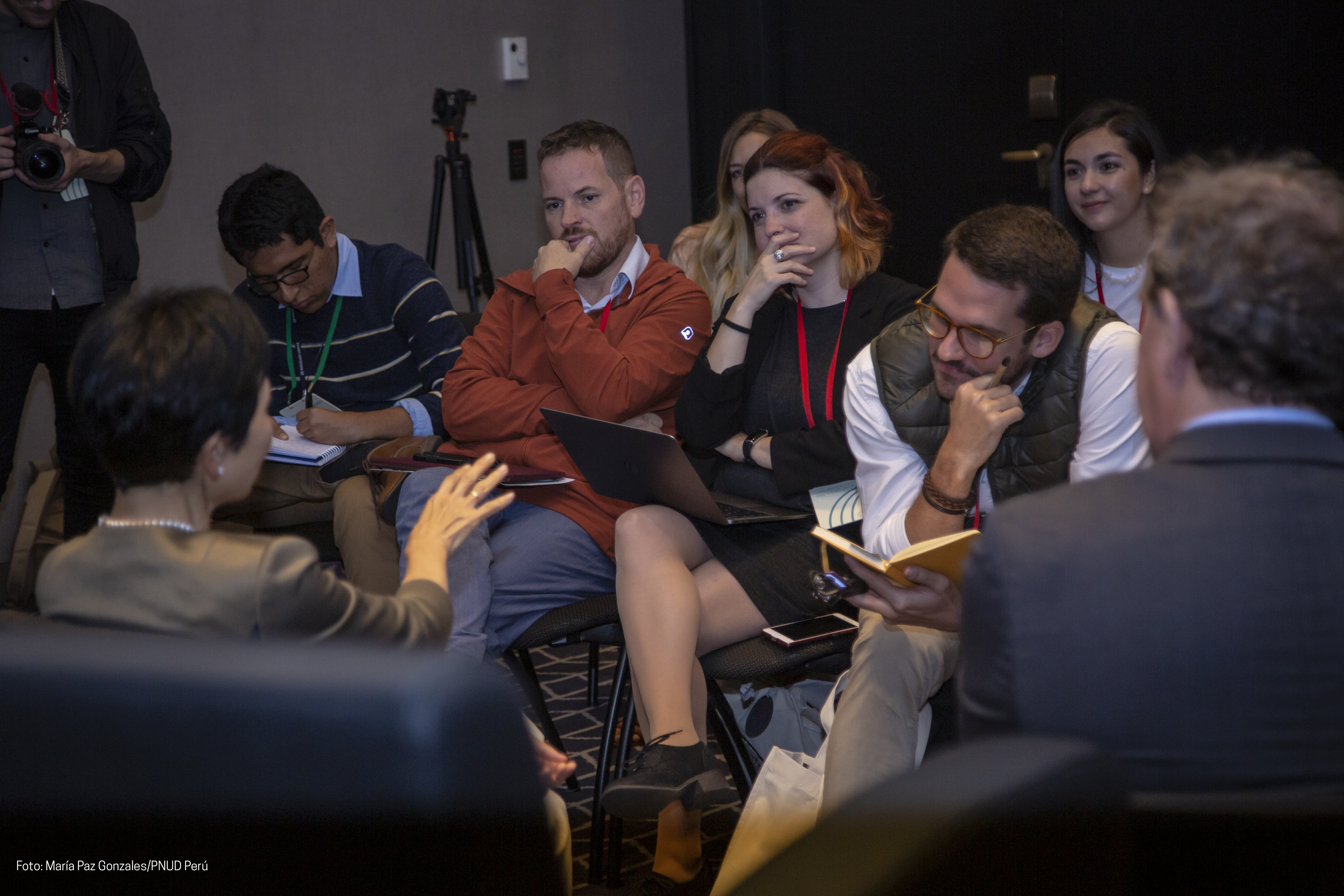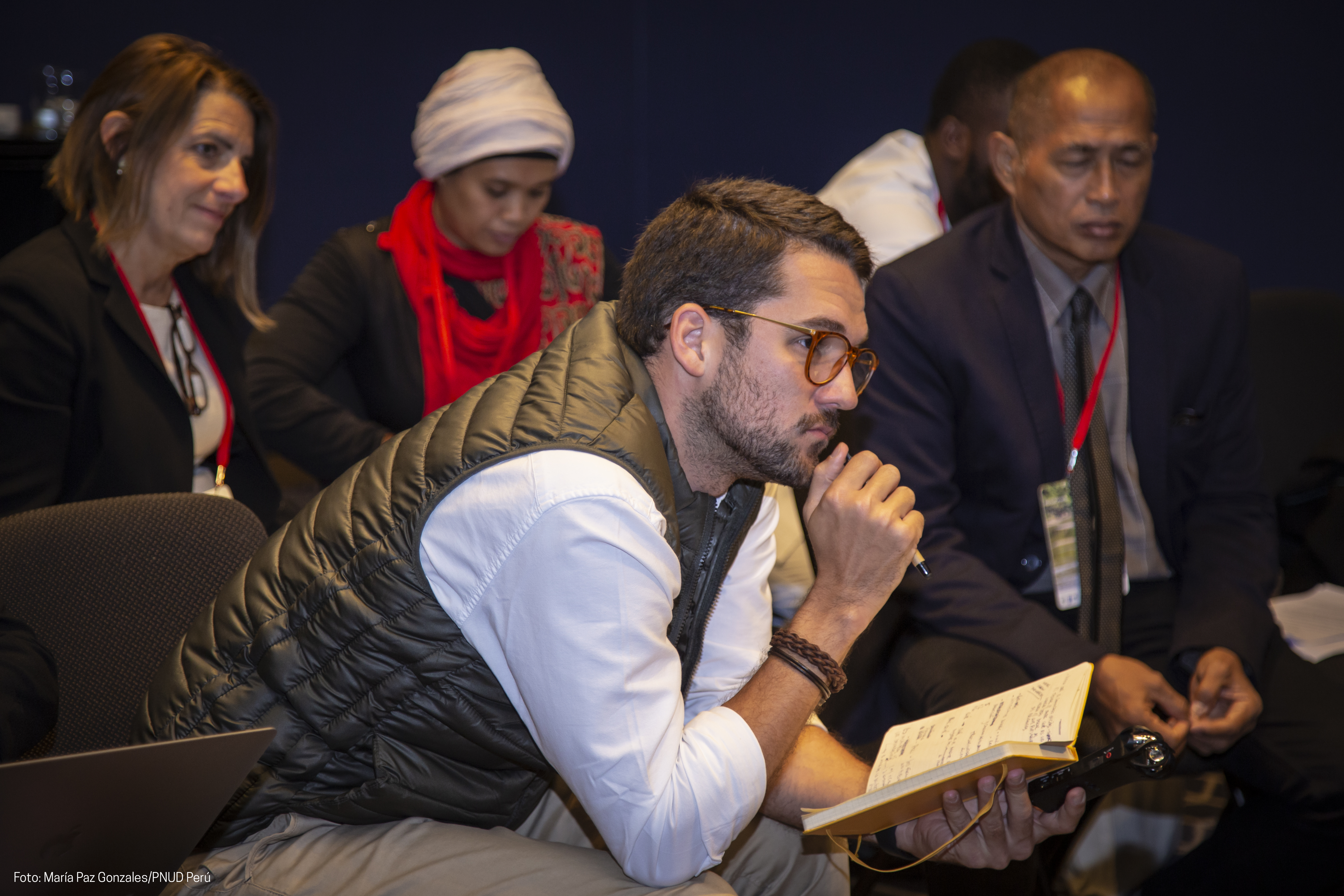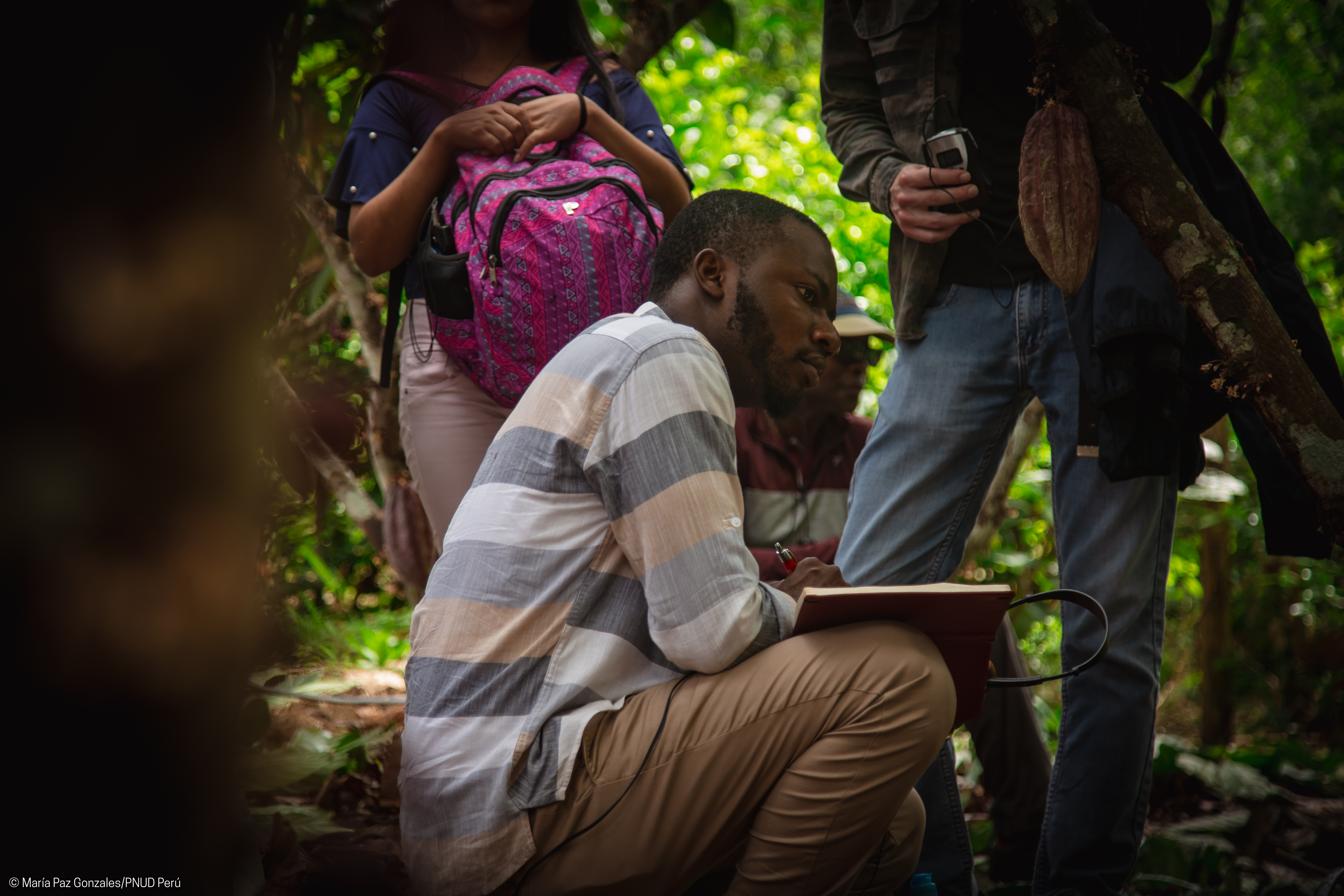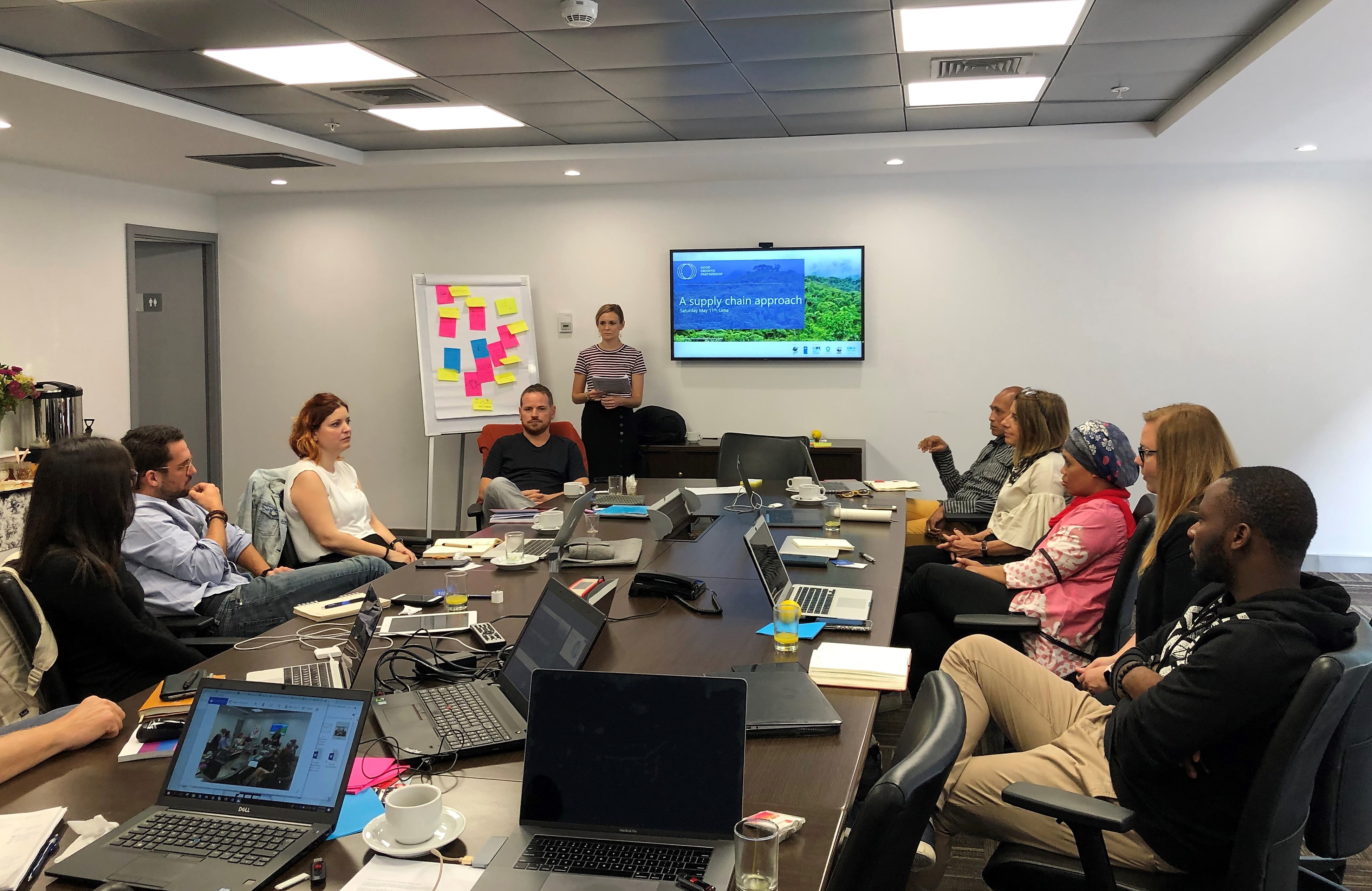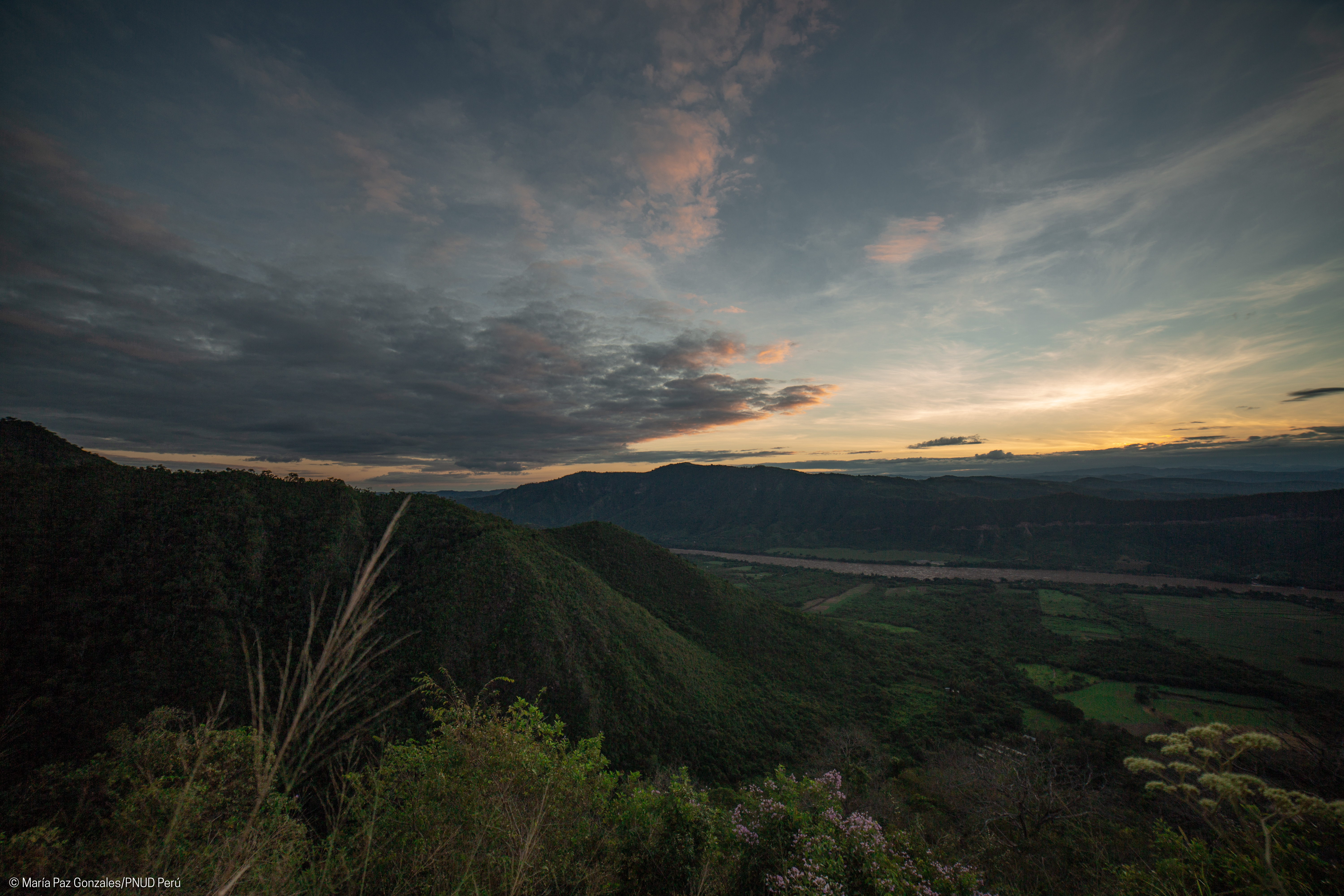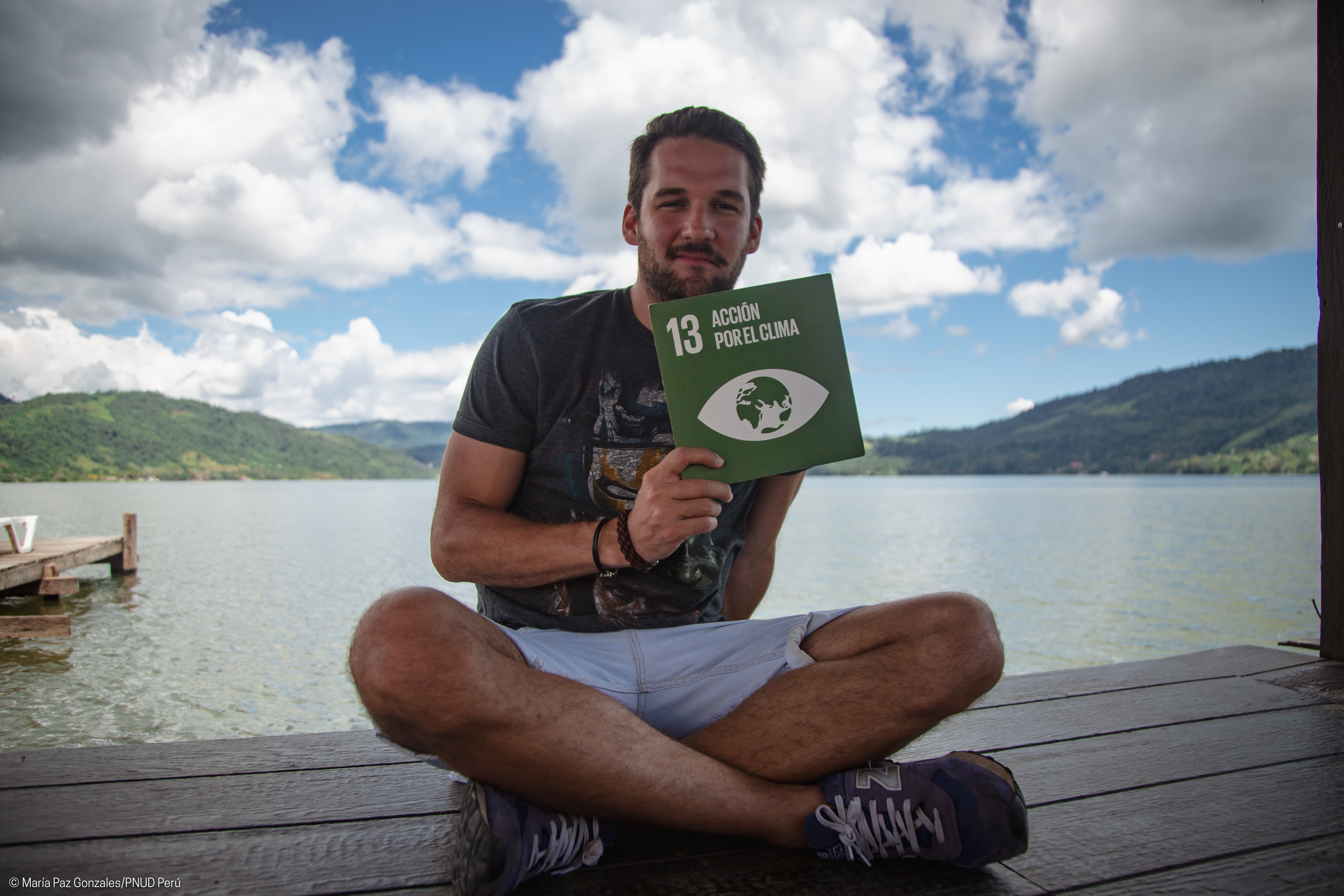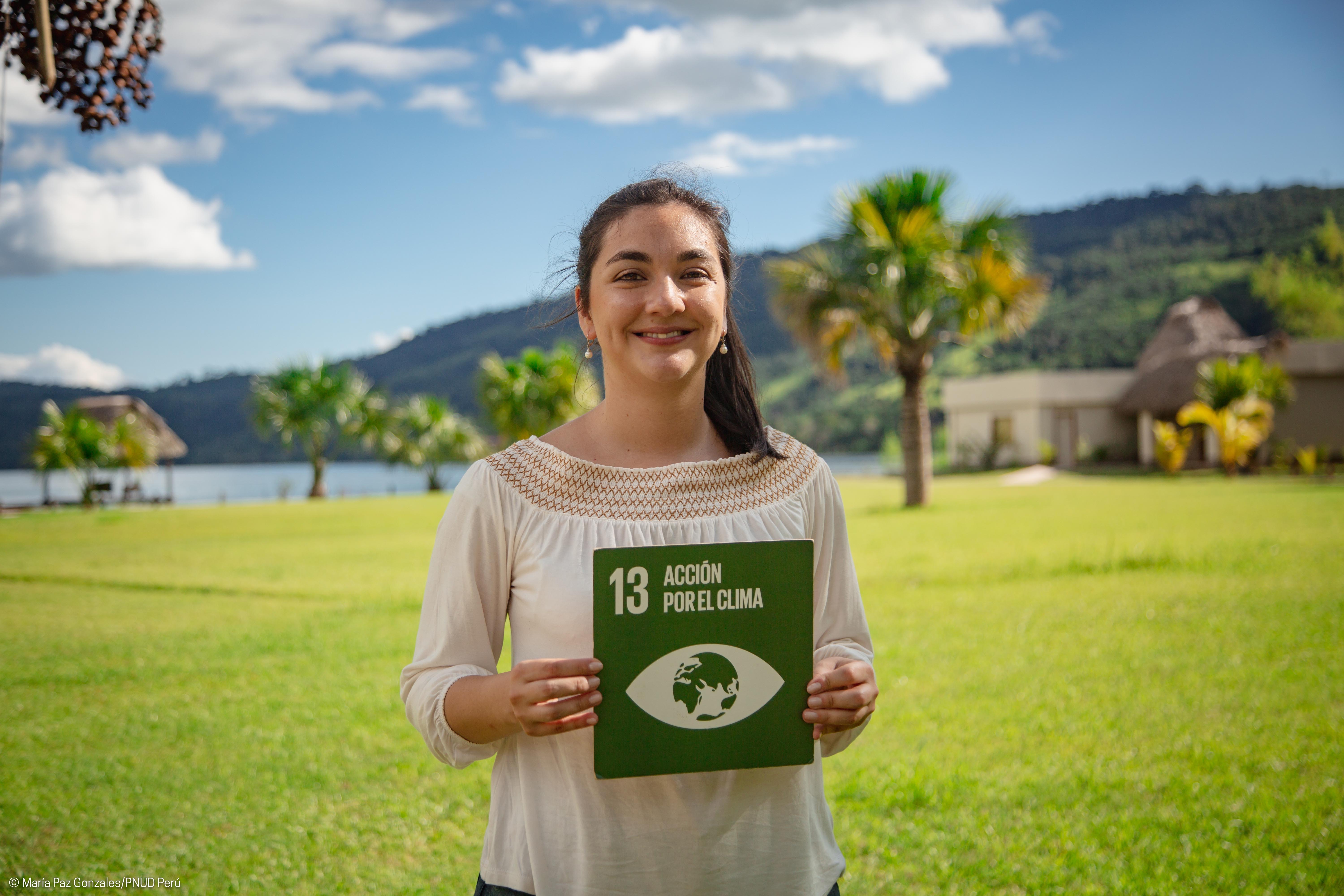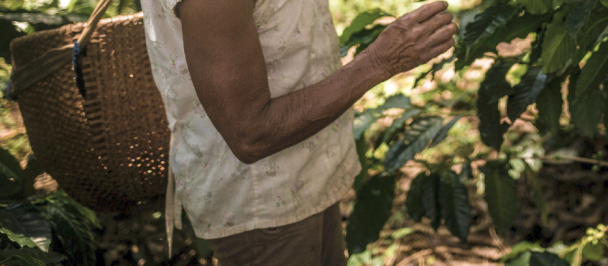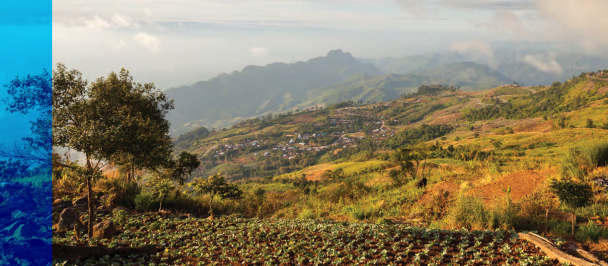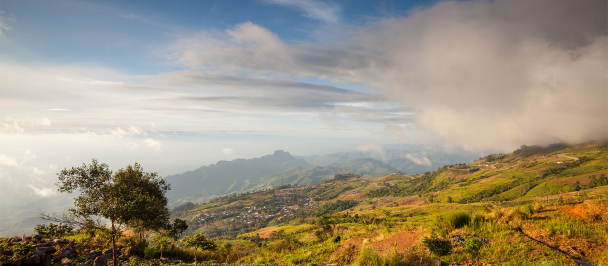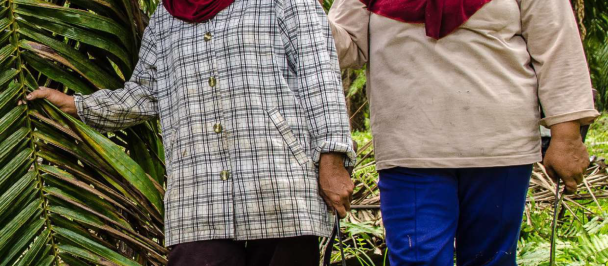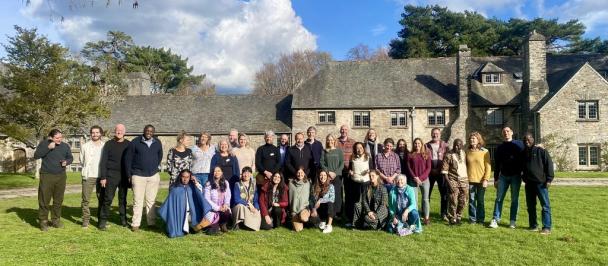Written by Rebecca Lake, UNDP Communications Consultant.
Every day we are bombarded with devastating news about our natural world. From the latest IPBES report which warned of ‘unprecedented’ species extinction to mass deforestation and the rise of global temperatures, the daily cycle of bad news is relentless. And the research says audiences are switching off in droves because of this.
According to a recent study conducted by the Reuters Institute, nearly 50 per cent of survey respondents said they currently avoid the news media because it had a negative effect on their moods. Almost a third said they avoided news because it made them feel helpless.
Can a different approach to journalism, one which presents potential solutions alongside the problems, bring readers back and ultimately inspire change?
Giselle Green, Editor of Constructive Voices, says news that only conveys doom and gloom isn’t actually telling us the entire story. She is among a growing cohort of journalism practitioners calling for more solutions to be featured alongside traditional news stories.
“Constructive journalism shifts the focus to reporting on responses to problems rather than concentrating purely on the problems themselves. It is about exploring solutions and looking for evidence of why responses are working, and also not working,” explains the former BBC journalist.
“It’s rigorous reporting, it’s not just fluffy stories that make you smile. It produces evidence-based insights that can spark a constructive response in audiences.”
Some of the world’s biggest media organizations are already experimenting with a solutions approach. This includes the Guardian’s Upside series, which aims to seek out answers, solutions, movements and initiatives to some of the biggest problems besetting the world.
In this series, articles range from ‘A new leaf: the hardy trees reforesting the Amazon’ to global examples of where carbon taxes are actually popular.
Documentary films about climate change such as the recently released 2040 are also looking to inspire audiences by showing viewers what’s possible with solutions that already exist. From regenerative farming to independent community solar power grids, 2040 presents just a small handful of climate solutions that have the potential to inspire and empower audiences worldwide.
Nevertheless, many journalists and media outlets remain sceptical. Some claim that the approach can devolve into biased or “feel-good” advocacy, rather than a critical examination of important social issues that hold the powerful to account. However, proponents of solutions journalism argue that while the approach doesn’t necessarily try to uncover ‘hidden information’ or scandalous wrongdoings, it can still be influential by showcasing what governments and business could and should be doing.
To further explore the potential of solutions journalism in the context of climate change and deforestation, the UNDP’s Green Commodities Programme, with the Good Growth Partnership, facilitated a shared learning experience for eight selected journalists.
The eight awarded journalists of the Good Growth Journalism Initiative enjoy a private briefing with Naoko Ishii, CEO and Chairperson of the Global Environment Facility (GEF), during the inaugural session in Lima of the Good Growth Conference.
In the photo: Paula Dupraz-Dobias, reporter for SwissInfo; Sapariah Saturi, Mongabay Indonesia Editor; Bhimanto Suwastoyo, Manager and Editor of Indonesia's The Palm Scribe; and Federico Filártiga-Callizo, Paraguayan journalist and founder of Latitud 25.
The initiative began with a two-day workshop in Lima, where selected journalists had the opportunity to consider the powerful role international media plays in reporting deforestation predominately driven by agricultural commodities. Despite extensive efforts over the past decade to slow tropical deforestation, the latest findings from WRI’s Global Forest Watch report paint a grim picture. Around 12 million hectares of forest in the world's tropical regions were lost in 2018, equivalent to 30 football fields per minute.
Yet, while the urgency to halt deforestation is increasingly dominating headlines, the why and the how of doing so – the solution focus — is not as well known.
Throughout the workshop – which was co-hosted by the Thomson Reuters Foundation and supported by the Global Environment Facility (GEF) and Partnership for Action on Green Economy (PAGE) — the journalists were encouraged to consider the solutions for key sustainability and development issues in major agricultural commodity supply chains.
Led by Sara El-Khalili of the Thomson Reuters Foundation, workshop guest speakers included Giselle Green of Constructive Voices, and Paul Dickinson, Founder and Executive Chairman of CDP (formerly the Carbon Disclosure Project). Deep insights into sustainability issues in Peru were provided by James Leslie, UNDP-Peru’s Technical Advisor on Ecosystems and Climate Change.
West Africa Editor for the Africa Report and correspondent for the Guardian, Eromo Egbejule, in the Peruvian Amazon.
First day of the Good Growth Journalism Training, co-hosted by Sara El-Khalili from the Thomson Reuters Foundation. In the photo, the eight awarded journalists discuss the ideas presented by Rebecca Lake, UNDP Communications Consultant.
After attending the opening high-level session of the Good Growth Conference in Lima — where the journalists had the opportunity to interview the Ministers of Environment and Agriculture from Peru and Ecuador — the reporters journeyed into the Amazon to put what they had learned about solutions journalism into practice.
For Alejandra Agudo Lazareno, a reporter for Spain’s El Pais daily newspaper, ‘solutions journalism’ isn’t entirely a new concept.
“In Planeta Futuro we regularly write pieces with positive points of view. But it’s not something I usually consider in the case deforestation and commodities,” she explained.
“In general, this experience has been a great opportunity to gain new knowledge from other news outlets and learn more about the ways in which humanity is trying to do the right thing for the planet,” said Alejandra whose story was inspired by the successful sustainable development strategies being implemented in Peru’s San Martin region.
This immersive approach to learning conducted in the heart of one of the world’s most important ecosystems is a defining feature of the Good Growth Conference. Being in the Amazon helped conference delegates, and journalists, gain a deeper connection to their work as well as the resilience and motivation needed to sustain collective efforts for change.
For Bhimanto Suwastoyo of the Palm Scribe, the Good Growth Journalism Initiative provided a valuable opportunity to understand the deforestation challenge from different angles and perspectives. During his time in Peru, the Indonesian journalist reported on how the small Amazonian community of Chazuta transitioned from illicit coca production (for cocaine) to sustainable cocoa.
“My takeaway from the training, and the Good Growth Conference, is that nothing beats on-site learning visits to motivate solution-based journalism and that the best solutions to problems, in any field, usually involve as many stakeholders as possible working together to arrive at the solution.”
“I will now approach a story by first looking at it through the lenses of a number of different perspectives,” explained Bhimanto whose publication, The Palm Scribe, aims to help the palm oil sector foster a healthier and more constructive public discourse.
Views of the San Martín's Region, in the Peruvian Amazon.
Federico Filártiga-Callizo, Paraguayan media personality and founder of Latitud 25, holds SDG number 13 on Climate Action.
Eromo Egbejule, West Africa Editor of The Africa Report, used his time in the Amazon to examine new approaches to sustainable agriculture in Latin America which could be applied across the Atlantic.
“One of the biggest takeaways I gained from participating in the Good Growth Journalism Initiative was being exposed to what’s already being achieved in Peru and neighbouring countries.”
“I heard Costa Rica’s remarkable story. The country managed to reverse what was one of the highest deforestation rates in the world, with radical reforms backed by political willpower. It’s a lesson countries in Africa ought to learn.”
Eromo detailed his findings in an article he published in the Africa Report: Lessons on political willpower from Costa Rica and Peru.
Meanwhile Fabiano Maisonnave, Amazon correspondent for Folha de São Paulo, used his time at the Good Growth Conference to investigate the environmental impacts of the invasive tilapia fish species, which was introduced in Peru three decades ago.
“I noticed that every restaurant in the small Amazonian community of Sauce was only serving one variety of fish [tilapia],” he explained. On the other side of the forest system, in the Brazilian state of Tocantins, officials are currently experimenting with how best to cultivate the foreign fish species which was previously banned and has already decimated native fish stocks in Peru and Bolivia.
During the conference, Fabiano was able to observe an exchange of ideas between Peru’s San Martin Production Director, Raúl Belaunde, and Marcelo Soares, head of Tocantins State's environmental licensing agency in Brazil. Belaunde — who participated in the week-long event — explained that the tilapia in his province is “impossible to control” and regretted his country’s decision to introduce it.
“I don’t think the Tocantins representative was deterred, but at least the Peruvian government officials were able to share and recommend best practices which may help to mitigate some risks to Brazil’s Amazonian ecosystem,” explained Fabiano.
Fabiano’s report quotes a number of Brazilian conservationists and regional experts who are urgently seeking more information about the risks of tilapia cultivation as they try to avoid the same fate as neighbouring Amazonian countries.
For Switzerland-based journalist, Paula Dupraz-Dobias, the chance to speak with the indigenous leaders of San Martin’s Quechua community meant she was able to gain first-hand accounts and local wisdom directly from those who know the forests best.
“Listening to - and reporting on - indigenous peoples may allow us to learn from their wisdom, particularly in how we can live from resources at our doorstep and better appreciate the fragility of our global environment,” she said when asked about the opportunity to visit the indigenous community of Alto Pucalpillo.
“Unfortunately, very often the voices of indigenous communities are dismissed in global discussions on climate change and sustainable development goals. Hopefully our access as journalists to these communities can help project their voices - and wisdom - to a wider audience.”
With so much at stake, rigorous journalism that provides solutions to our environmental challenges is needed now more than ever. If you are interested in collaborating or supporting the Good Growth Journalism Initiative please contact Simon.Cooper@undp.org.
Isabel Riofrío, Mongabay Latin America correspondent based in Ecuador and television news editor for TeleSUR in Quito, holds SDG number 13 on Climate Action.

 Locations
Locations